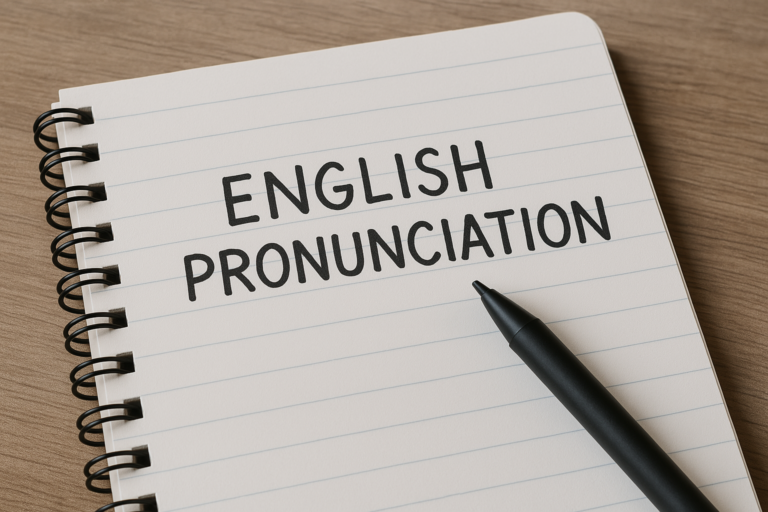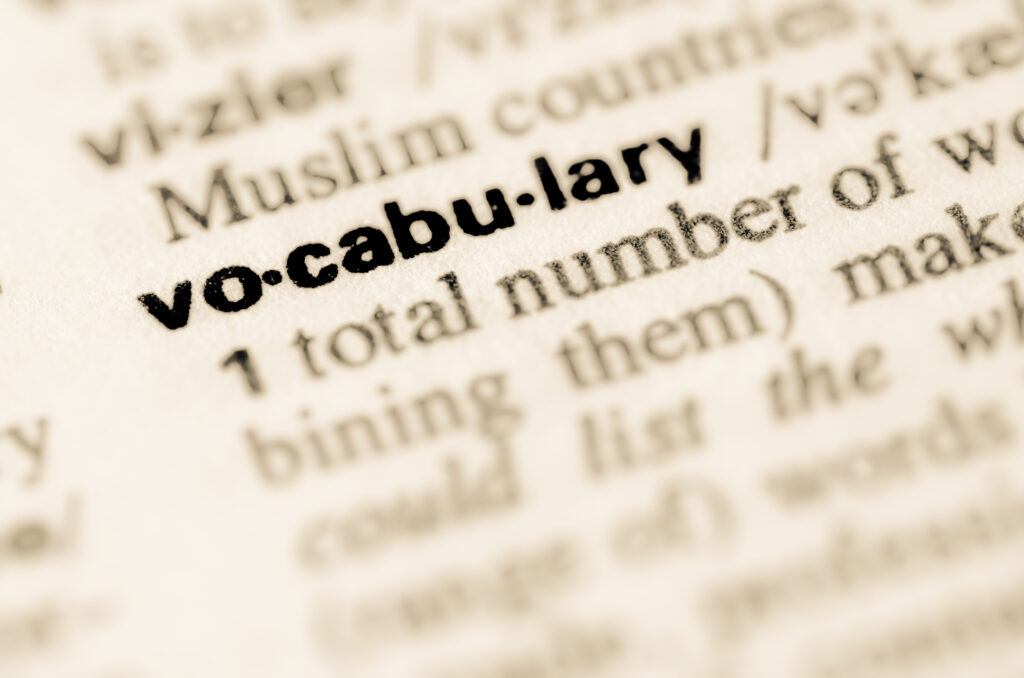Pronunciation guidance for foreign languages, especially English, appears on a lot of mobile apps. Since ChatGPT’s public debut in November 2022, the number of language learning apps has skyrocketed, and many of these apps include pronunciation ratings or guidance for learners. I have tried many of these apps for my research about conversational AI, and I have never been impressed. Thus, I was especially interested to read DJ Kaiser’s recent article in the Journal of Second Language Pronunciation, which provides an up-to-date look at pronunciation in AI-powered language learning apps. Here is the link to the abstract, though the full article might be behind a paywall for you.
DJ Kaiser has been interested in the potential of mobile apps in language learning for a long time. He published a review of 30 iOS mobile apps for language learning in 2018, and the new 2025 article in the Journal of Second Language Pronunciation was a follow-up of sorts. In the 2025 article, he writes about three apps: ELSA Speak, Loora, and Vocal Image. To summarize the excellent article: these apps are not ready to teach you pronunciation. They have difficulty rating connected speech, which is ubiquitous in natural spoken English and other languages, and they are not so helpful with stress, rhythm, and intonation. Basically, they focus mainly on segmental pronunciation over intelligibility, with some of them (Vocal Image) not even engaging learners in extended conversation or dialogues. As Kaiser writes (p. 20): “most of the pronunciation feedback from these apps is limited to segmentals, which could result in learners ignoring other arguably more important aspects of pronunciation.”
I found it interesting that DJ Kaiser looked into the developers of the apps and found little evidence that there was input on the app development from pronunciation experts. Kaiser (2025) writes that “What appears to be missing in the development of these apps is specialists with backgrounds in applied linguistics, phonetics and phonology, and English pronunciation training” (pp. 4-5), with the exception of an accent-reduction coach working with ELSA AI. I have also found a similar lack of linguistic expertise in the development of many conversational AI learning apps: They are being created by business people and programmers, but not experts on language learning.
So, apps alone are not going to significantly improve your pronunciation. But, if apps alone are not enough, then why not integrate them into classroom teaching as a supplemental activity? This might sound like a great solution, but Walesiak (2021) has rightfully pointed out that “integrating MAPT [mobile-assisted pronunciation teaching] in one’s pedagogy requires a teacher to put in a certain amount of prior research and be critically reflective of the apps” (p. 378). Reviewing apps thoroughly takes time. DJ Kaiser only looked at three apps in his article, and I am guessing his thorough review took a LOT of time to do. And there are hundreds of apps out there. Then, there are cost considerations–if you are going to integrate an app into your classroom, then will students pay for it or will you? It is true that some app developers will offer free use to classroom teachers for a certain amount of time (if you are really interested in making an app available to your students for use, I strongly suggest you contact the developers to find out if they will offer you free use for a period of time). However, long-term use will probably require payments, and teachers have to consider whether they or their students are willing to pay.
For me, as a teacher, what would I recommend students do with mobile apps if they are interested in learning pronunciation? At this point, I would encourage them to use any app that they find engaging and affordable (preferably free). Something like Duolingo is a good choice–it has a useful free tier, it is developed by experts in language teaching and learning, and it is updated frequently with the latest technology. Although there are false positives and negatives as DJ Kaiser found, an engaging app like Duolingo will likely do little harm and might even lead to some consciousness-raising and noticing for learners. However, I would advise learners that the bulk of their time and effort (and money) will be better spent on listening to speech in real contexts, recording and listening to their own speech, and working with an expert teacher who will give you honest and specific feedback about your pronunciation when speaking extended runs of speech, not just single words.
If you are interested in some expert suggestions for teaching pronunciation, check out John Levis’s Pronunciation for Teachers website. Dr. John Levis is among world’s foremost experts on pronunciation research and instruction. You can also download a free copy of his co-authored book, Teaching Pronunciation with Confidence: Subtitle: A Resource for ESL/EFL Teachers and Learners, an amazing resource which can also be read directly in your browser (scroll down on the page).
Kaiser, D. J. (2025). Artificial intelligence integration in three iOS pronunciation apps: ELSA Speak, Loora, and Vocal Image. Journal of Second Language Pronunciation, (online) 1-23.
Walesiak, B. (2021). Mobile apps for pronunciation training: Exploring learner engagement and retention. In A. Kirkova-Naskova, A. Henderson, and J. Fouz-González (Eds.) English Pronunciation Instruction: Research-based insights (pp. 357-384). John Benjamins.



